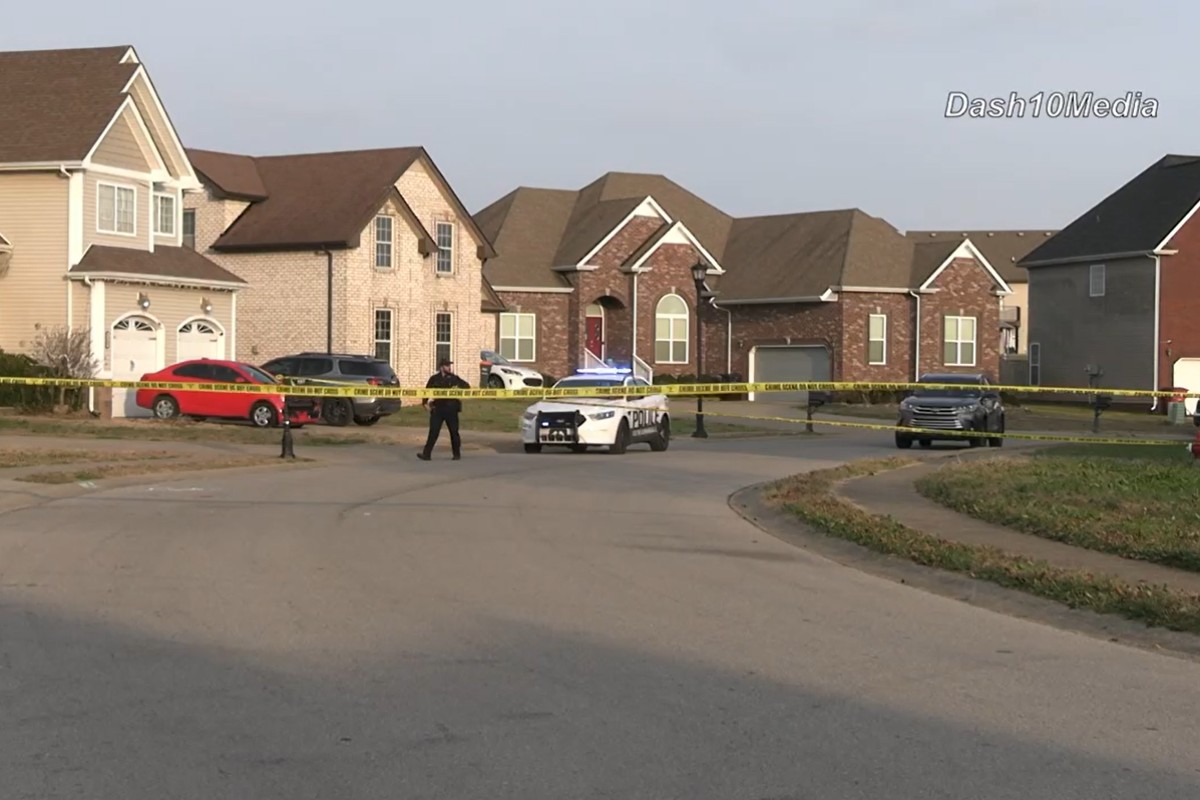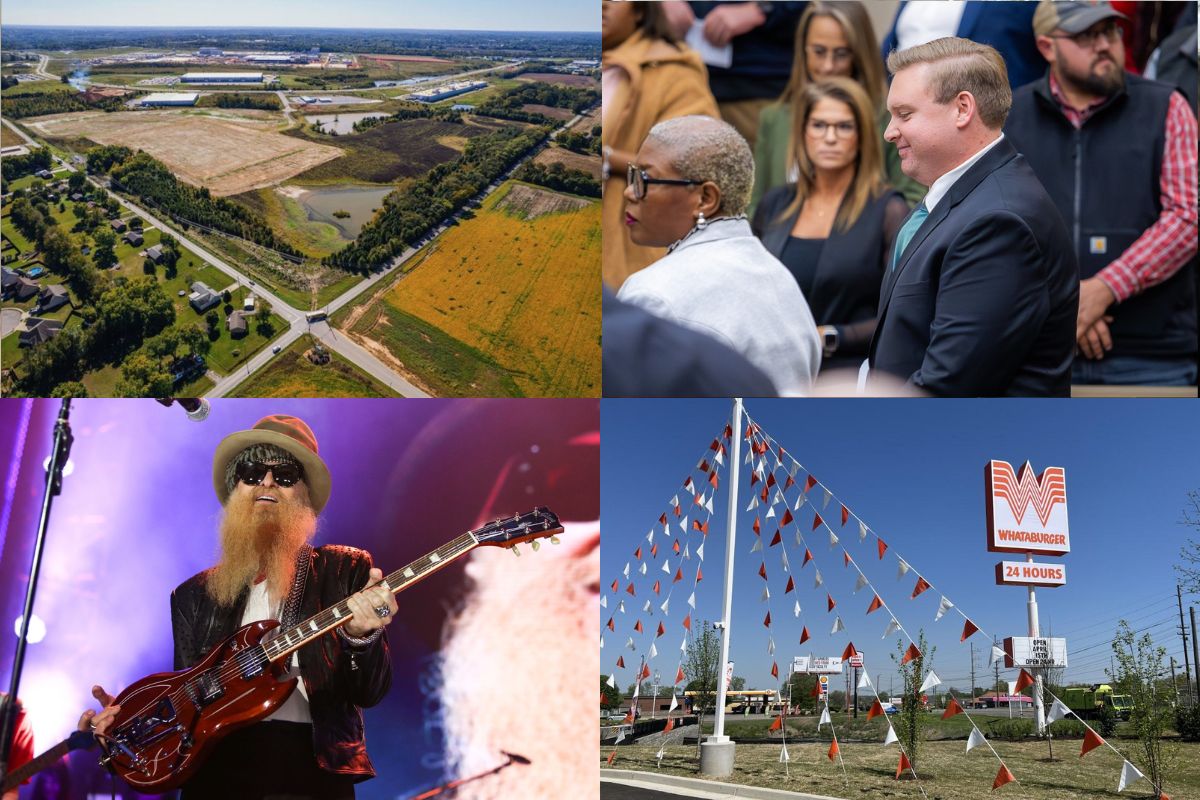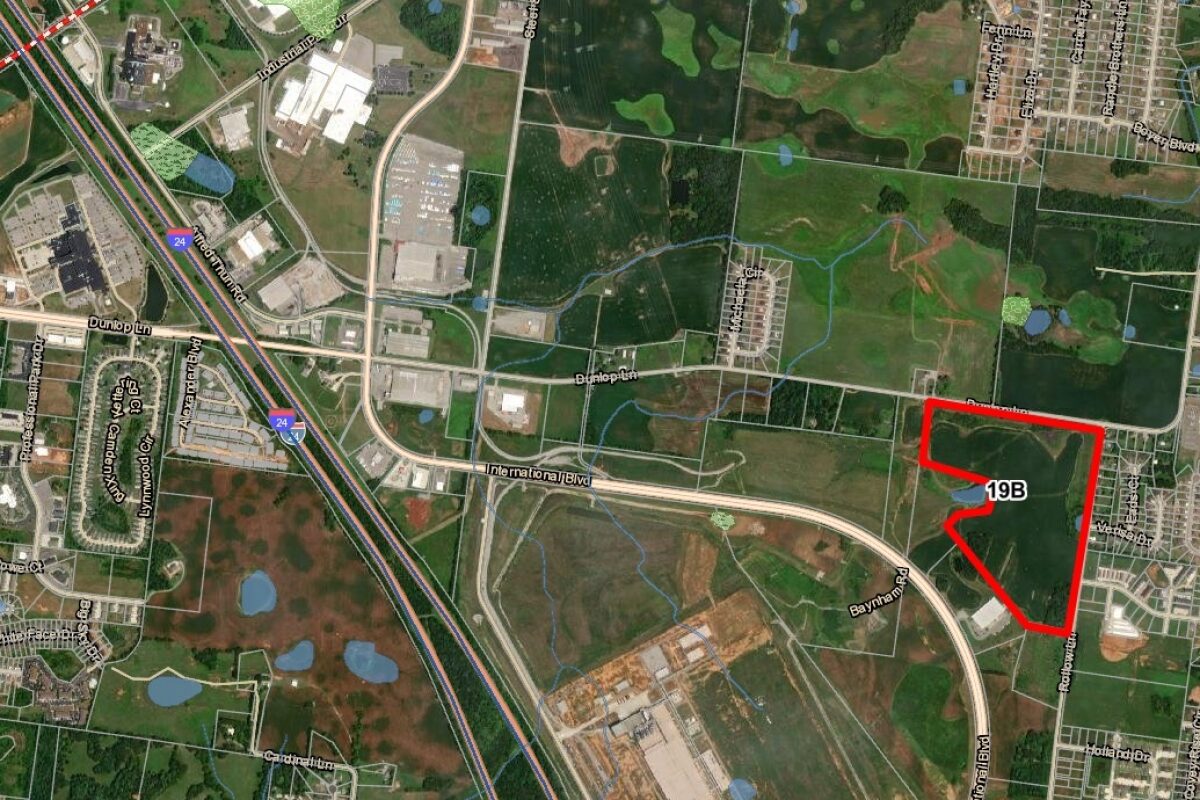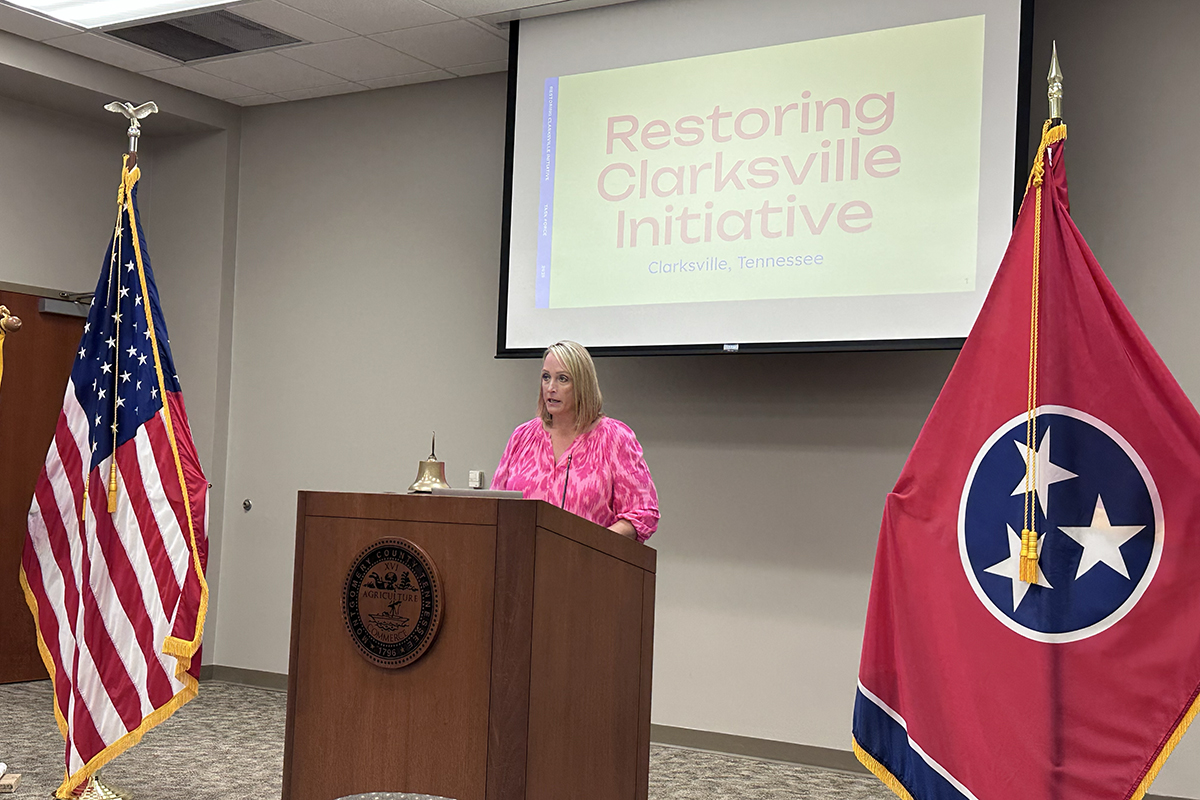On a Saturday, If you and your friends went to the mall in the 80’s…you’d meet in the food court, stop at Orange Julius and get a delicious drink. Next stop, the music store, where you spent an hour browsing and listening to new pop music! The latest from Madonna, NKOTB or Guns N Roses. Whatever your taste, they had the music!
(Video courtesy of RHINO)
BUT, if you were one of the lucky ones to catch a Debbie Gibson or Tiffany performance at your mall! The did perform at the malls before they hit it big!
(Video courtesy of Tiffany)
The 1980s marked a significant era in the history of shopping and consumer culture, and malls played a substantial role in shaping the social, economic, and cultural landscape of that time. The influence of malls in the 1980s can be observed in several key areas:
Retail and Shopping Culture: Malls in the 1980s became central hubs for shopping and socializing. They offered a wide range of stores, from department stores and boutique shops to specialty stores and food courts. The mall experience was designed to cater to various tastes and preferences, making it a one-stop destination for shopping, entertainment, and dining. They filmed movies in malls too!
(Video courtesy of Movieclips)
Consumerism and Materialism: The 1980s was a period of increased consumerism and materialism, and malls epitomized this trend. The growing popularity of credit cards and the availability of more disposable income led to heightened spending on clothing, electronics, and other goods. Malls became spaces where people could showcase their status and identity through their purchases.
(Video courtesy of HD Retro Trailer)
Fashion and Trends: Malls were instrumental in shaping fashion trends of the 1980s. High-profile designer brands gained prominence, and trends like power suits, neon colors, shoulder pads, and oversized accessories became iconic symbols of the era. Mall stores played a crucial role in disseminating these trends and styles to a wide audience.
(Video courtesy of MsMojo)
Youth Culture and Social Gathering: Malls in the 1980s became social hubs for teenagers and young adults. They offered a place where young people could gather, hang out, and engage in various activities. Arcade game centers, movie theaters, and food courts were popular attractions for this demographic.
https://youtu.be/TJzvMa1Oi28
(Video courtesy of MyRetroShare)
Music and Entertainment: Malls often hosted live music performances, fashion shows, and other entertainment events, contributing to the vibrant cultural scene of the 1980s. The music and pop culture of the decade were closely tied to the mall experience, with music videos, posters, and merchandise readily available in mall stores.
(Video courtesy of Rotten Tomatoes Classic Trailers)
Rise of Franchise and Chain Stores: The 1980s saw the proliferation of franchise and chain stores within malls. Brands like The Gap, Abercrombie & Fitch, and Victoria’s Secret gained prominence during this time, contributing to the homogenization of retail spaces across different malls.
Architectural and Design Trends: Malls of the 1980s often featured distinctive architectural designs and layouts. Large, enclosed spaces with skylights, indoor plantings, and fountains created a unique environment for shoppers. The aesthetic appeal of malls was emphasized, with many incorporating art installations and sculptures.
Economic Impact: The rise of malls in the 1980s had significant economic implications. Malls provided jobs in retail, management, maintenance, and security, contributing to local economies. Additionally, malls often led to increased property values in their surrounding areas.
Marketing and Advertising: Malls in the 1980s heavily relied on advertising and marketing strategies to attract shoppers. Radio and TV commercials, print advertisements, and promotional events were commonly used to draw attention to sales and new products.
(Video courtesy of Madonna)






